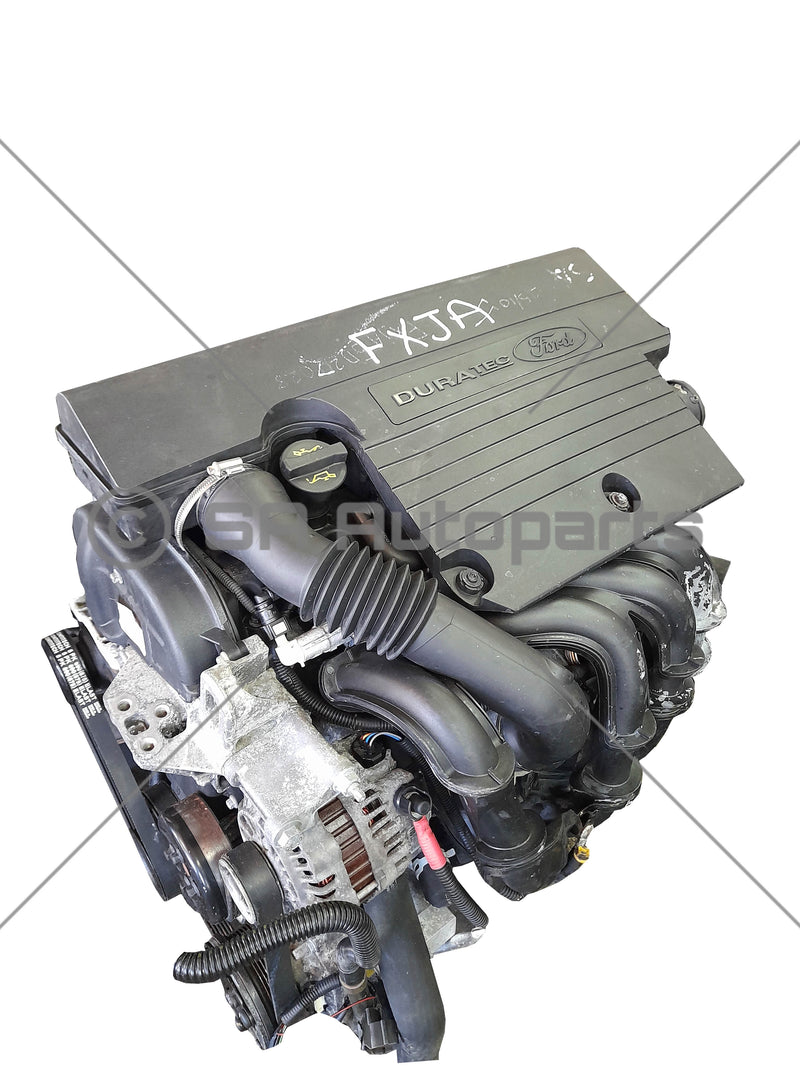Top Ford Fiesta Engine Repairs to Avoid Costly Damage
Top Ford Fiesta Engine Repairs to Avoid Costly Damage
Blog Article
Exploring the Advancement of Engines: From Timeless Styles to Modern Marvels
From the first vapor engines that powered the Industrial Change to the emergence of inner burning engines that changed mobility, each phase has actually contributed to greater efficiency and ability. As we examine these milestones, one must think about exactly how the future of engine style may unfold, challenging our perceptions of power and performance.
The Birth of Engine Innovation
The development of engine innovation noted an essential minute in human advancement, changing energy conversion and transport. The earliest engines arised from the need to harness mechanical power for functional usage, leading to the advancement of devices that transformed various power forms into motion (ford fiesta engine).
The development of the inner burning engine and the development of the steam engine catalyzed an extensive change in industrial abilities. These engines not just improved effectiveness however also expanded the extent of human flexibility, making it possible for unmatched transportation opportunities. The early models prepared for the mechanized world, facilitating the surge of markets and improving social frameworks.
As engine styles progressed, they included innovative products and advanced engineering concepts, paving the way for modern-day growths - ford fiesta engine. The birth of engine innovation fired up an unrelenting search of performance and power, setting the phase for the vibrant evolution of transport and commercial machinery that would certainly comply with
Steam Engines and Their Effect

The heavy steam engine's effect was particularly apparent in the transport industry (ford fiesta engine). Steam-powered engines assisted in the quick movement of items and individuals throughout substantial ranges, effectively reducing the geographical barriers that had formerly impeded profession and communication. Similarly, steamships changed naval travel, permitting for quicker and much more trustworthy crossings of rivers and oceans.
In industry, vapor engines powered factories, enabling mass production and the rise of urban centers as centers of economic activity. Steam technology promoted technologies in design and production procedures, laying the groundwork for future innovations in engine layout.
The Surge of Inner Burning
Regularly outweighing vapor power, the rise of inner burning engines noted a transformative change in transportation and market during the late 19th and very early 20th centuries. The advancement of these engines, defined by their capacity to shed fuel within the engine itself, made it possible for greater efficiency and power contrasted to typical heavy steam engines. Pioneering creators such as Nikolaus Otto and Rudolf Diesel played important functions in perfecting engine layouts, bring about prevalent adoption in cars, boats, and industrial equipment.
The interior burning engine's portable size and fairly lightweight nature helped with the introduction of personal lorries, reinventing private flexibility and reshaping urban landscapes. By making it possible for faster travel and the efficient transport of products, these engines catalyzed financial growth and cultivated globalization. The versatility of gas alternatives, including fuel and diesel, additionally boosted their charm, permitting diverse applications throughout numerous markets.
In spite of the ecological worries that would later on arise, the preliminary attraction of inner combustion modern technology lay in its transformative potential. As society accepted this innovation, the structure was laid for modern-day transport systems, establishing internal combustion engines as a cornerstone of commercial development and day-to-day live throughout the 20th century.
Innovations in Engine Efficiency
As internal burning engines became important to transport and market, the emphasis shifted towards improving their efficiency to meet expanding needs for efficiency and sustainability. Developments in engine design, material scientific research, and modern technology have dramatically added to this evolution.
One major improvement is the development of turbocharging, which permits enhanced air consumption, leading to even more full gas burning and enhanced power result without increasing the size Read More Here of engine dimension. In addition, variable valve timing systems have actually been applied to optimize engine performance across numerous RPM varieties, thereby improving fuel effectiveness.
The use of innovative gas shot technologies, such as direct shot, has actually also played a critical role. This approach enables even more precise control over the fuel-air mixture, promoting better combustion and minimizing discharges. Light-weight products, including aluminum and composite elements, have actually been adopted to lower general engine weight, leading to enhanced performance.
These advancements mirror a more comprehensive pattern within the automotive market, where the synergy between engineering technology and ecological factors to consider drives the recurring mission for higher performance in inner combustion engines. As a result, contemporary engines are currently more powerful, cleaner, and reliable than in the past, leading the way for a more sustainable future in transportation.
The Shift to Electric Power
With growing problems over environmental influence and nonrenewable fuel source reliance, the automotive sector is experiencing a considerable change towards electrical power. This change is driven by a mix of technological developments, governing stress, and altering consumer choices. Electric vehicles (EVs) supply a compelling alternative to traditional interior burning engines, flaunting minimized greenhouse gas exhausts and lower operating expense.
The rise of battery innovation has actually been a game changer, with lithium-ion batteries coming to be a lot more cost-efficient and efficient. Boosted power density and faster billing abilities have actually made EVs a lot more practical for day-to-day usage. Moreover, governments worldwide are carrying out motivations and establishing enthusiastic targets for phasing out nonrenewable fuel source automobiles, therefore accelerating the adoption of electrical power.
As billing infrastructure expands and battery modern technology continues to boost, the shift to electric power is poised to improve the automobile landscape, promoting sustainability and advancement in the years to come. The future of transportation is electrical, and the momentum is obvious.
Final Thought
The evolution of engine modern technology more tips here represents a considerable trajectory of innovation that has actually exceptionally influenced transport and market. From the foundational vapor engines to the transformative internal combustion engines, each growth has actually contributed to improved flexibility and economic development.

Report this page